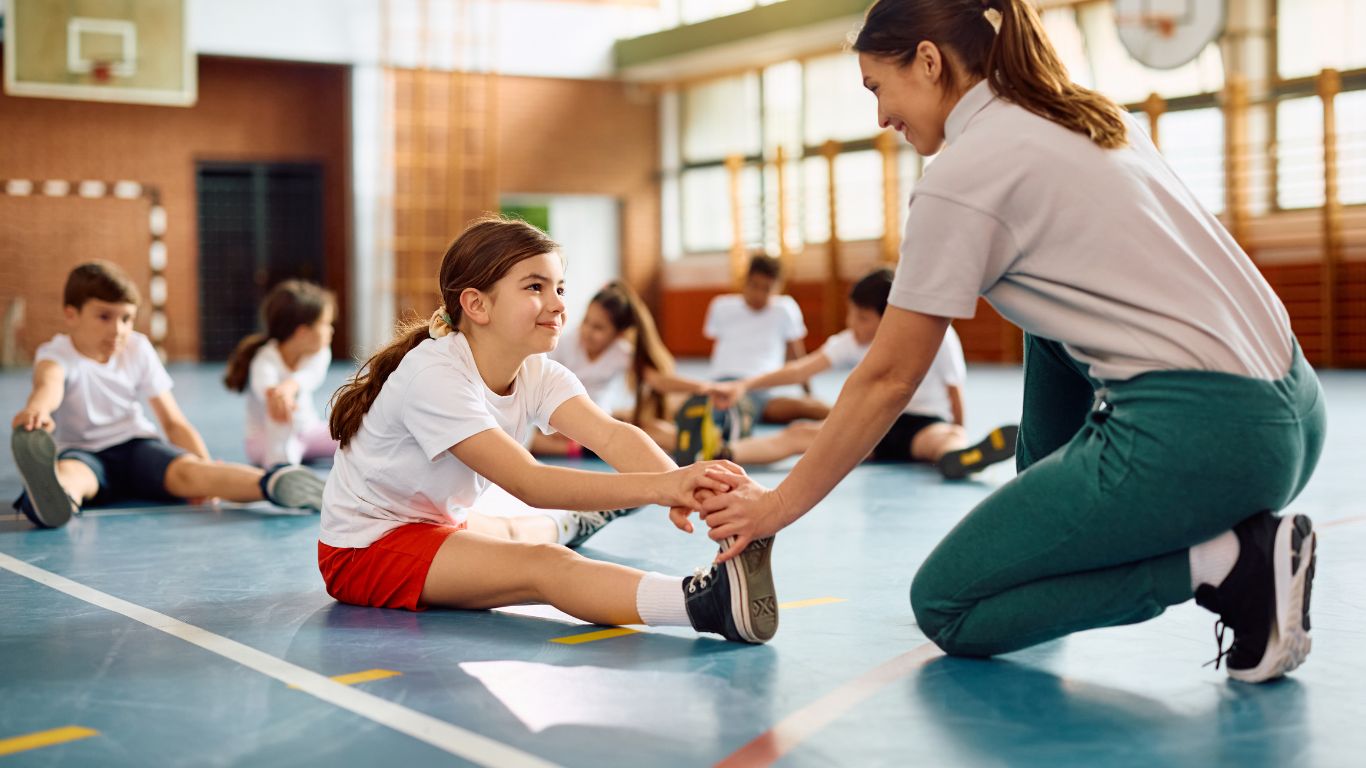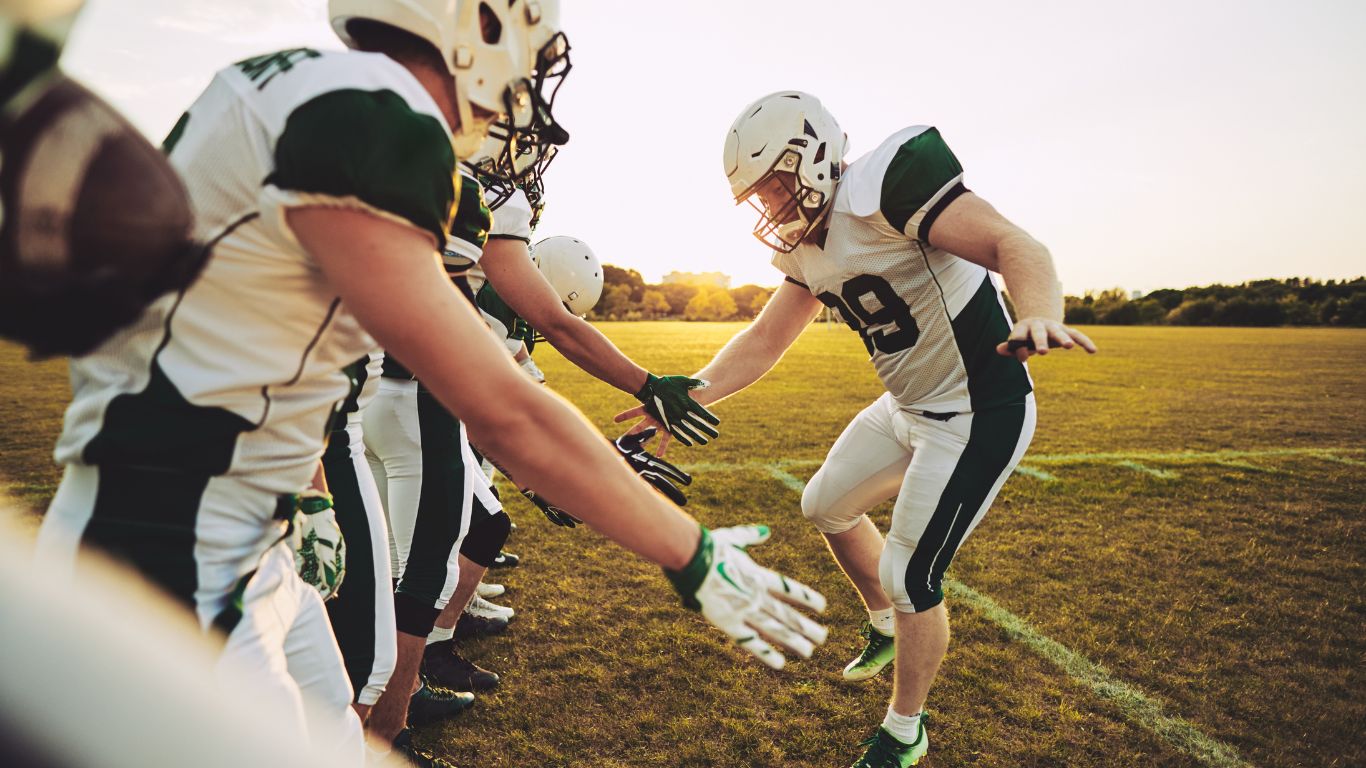Athletic training in high school is a vital component of student-athlete care. It focuses on preventing, diagnosing, and treating sports-related injuries. This field plays a crucial role in maintaining the health and performance of young athletes while providing a safe environment for sports participation.
Definition of Athletic Training
At its core, athletic training involves specialized healthcare services tailored to meet student-athletes’ needs. The scope of athletic training includes injury assessment, first aid, emergency care, rehabilitation, and the development of personalized conditioning programs to boost athletic performance.
Importance of Athletic Training Programs

High school athletic training programs are essential for promoting the safety and well-being of student-athletes. They provide timely and effective care for injuries, which helps in faster recovery and ensures athletes can return to play safely. These programs also educate athletes on injury prevention and good health habits, contributing to their overall well-being.
Roles of High School Athletic Trainers
Athletic trainers in high schools are healthcare professionals who work closely with coaches, physicians, and physical therapists. Their responsibilities include:
- Developing injury prevention strategies.
- Providing immediate care and first aid for injuries.
- Designing rehabilitation programs for injured athletes.
- Managing concussions and making return-to-play decisions.
- Coordinating emergency response plans.
Common Injuries in High School Sports
High school sports can lead to various injuries, such as sprains, strains, fractures, and concussions. Athletic trainers are crucial in diagnosing and managing these injuries, ensuring that athletes receive appropriate care and support.
Prevention Strategies and Education
Prevention is a critical component of athletic training. Trainers implement strategies like proper warm-ups, strengthening exercises, and education on safe sports techniques to minimize the risk of injuries.
Emergency Response and First Aid Protocols
Athletic trainers create and practice emergency action plans to ensure a swift and coordinated response to severe injuries. They provide immediate first aid and manage acute injuries, referring athletes to medical professionals as needed.
Collaboration with Coaches and Parents
Collaboration is essential in athletic training. Trainers work with coaches to develop training programs that prioritize safety and performance. They also engage with parents to ensure athletes receive comprehensive care on and off the field.
Career Opportunities in Athletic Training
Athletic training offers various career paths, from working with high school or college teams to roles in clinics and professional sports organizations. Aspiring athletic trainers can pursue certifications and continue their education to advance in this rewarding field.
FAQs
What qualifications are needed to become a high school athletic trainer?
To become a high school athletic trainer, individuals typically need a bachelor’s degree in athletic training or a related field and certification from a recognized body such as the Board of Certification (BOC). Some states may also require licensure or registration.
How do athletic trainers differ from personal trainers?
While athletic and personal trainers focus on improving athletes’ performance and health, athletic trainers are healthcare professionals trained to diagnose and treat sports injuries and develop rehabilitation plans. On the other hand, personal trainers typically focus on fitness and exercise programming without the medical emphasis.
What role do athletic trainers play in concussion management?
Athletic trainers are trained to recognize the signs and symptoms of concussions. They perform initial assessments and implement concussion management protocols, which include monitoring the athlete and facilitating a safe return-to-play process based on medical clearance.
How can parents support their children in high school sports?
Parents can support their children by encouraging open communication with athletic trainers and coaches, attending games and practices, promoting good nutrition and hydration, and ensuring their children understand the importance of safety and injury prevention in sports.
Are there benefits to students who aren’t athletes to have access to athletic training services?
Yes, even non-athletes can benefit from athletic training services. Trainers can provide education on injury prevention, wellness strategies, and fitness techniques, contributing to the overall health and safety of all students involved in school activities.
Conclusion: The Value of Athletic Training
Athletic training in high schools is invaluable, providing critical healthcare and support to student-athletes. It enhances their safety, performance, and overall well-being, ensuring that they can enjoy sports while minimizing the risk of injury. Through the dedicated efforts of athletic trainers, high school athletes are better prepared to achieve their athletic and personal goals.










